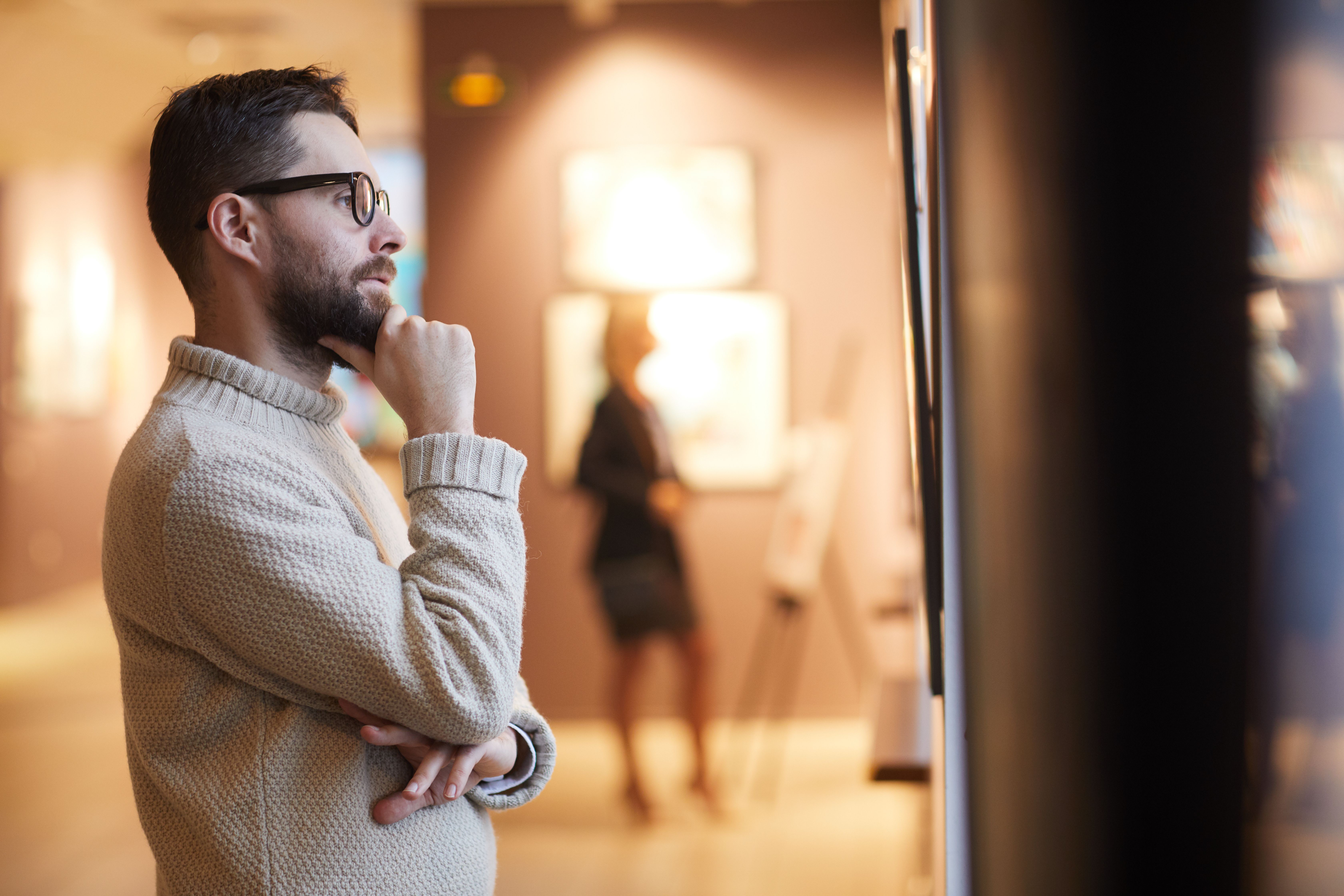Blog
Article
Will Clinical Psychiatry Go the Way of the Rubin Museum in New York?
Author(s):
Does seeing art live vs online impact the brain differently?
Seventyfour/AdobeStock

PSYCHIATRIC VIEWS ON THE DAILY NEWS
In our visits to New York, we inevitably go to the Rubin Museum, which has specialized in Himalayan Art for 20 years. That artistic opportunity became even more important in the past year as I was editing a book on the Eastern Religions, Spirituality, and Psychiatry.
We were planning to do it once again during our annual American Psychiatric Association (APA) meeting in May in New York, but I just found out that it would be the last time because it is closing as a physical building on October 6, 2024. As described in an email announcement, its goal now is to:
“Fully embrace and pursue the model of being a global museum . . . and make our offerings available globally, supporting research, artistic expression and creativity.”
However, as the New York Times article on January 31st, “Rubin Museum, Haven for Asian Art, to Close After 20 Years,” there were also questions about the acquisition of some of the religious objects being smuggled out of the country and the more general question of legacy of colonialism around the world.1
Besides that acquisition question, there is also an artistic question. Given that much is being planned to be done online in the future, do we get more joy viewing visual art live vs online? Before the COVID-19 pandemic, a neuroscience study conducted a 10-month study, with the unanticipated finding that our brains were more stimulated by looking at augmented reality and virtual reality digital reproductions as compared with viewing the real thing.2 The study also found that we differ in our responsiveness to art, and those who have more baseline “aesthetic responsiveness” have great improvement in mood and well-being regardless of viewing circumstances. Generally speaking, live viewing seems to be able to convey a greater sense of awe and mysticism. Moreover, traditional human art productions seem to bring more pleasure than computer generated.
Hearing music may be different in terms of live versus recordings. Music disappears right away while visual art remains. Research suggests an increased physiological response to music listened to live rather than recordings.3
Generally, viewing art was limited to online, books, and what was on the walls of one’s residence during the pandemic. Similarly, other than inpatient settings, psychiatric care was conducted online during the pandemic with apparent mutual satisfaction. Certainly, at any time, Zoom and other online technology reaches those who cannot participate live in a physical office due to distance or other obstacles.
The good news is that those receptive to art or mental health care can receive benefits online or live. The key is participation, and if you are going to the APA meeting, besides learning about online treatment options, we would recommend your attending the Rubin Museum live if you can.
Dr Moffic is an award-winning psychiatrist who specialized in the cultural and ethical aspects of psychiatry and is now in retirement and retirement as a private pro bono community psychiatrist. A prolific writer and speaker, he has done a weekday column titled “Psychiatric Views on the Daily News” and a weekly video, “Psychiatry & Society,” since the COVID-19 pandemic emerged. He was chosen to receive the 2024 Abraham Halpern Humanitarian Award from the American Association for Social Psychiatry. Previously, he received the Administrative Award in 2016 from the American Psychiatric Association, the one-time designation of being a Hero of Public Psychiatry from the Speaker of the Assembly of the APA in 2002, and the Exemplary Psychiatrist Award from the National Alliance for the Mentally Ill in 1991. He is an advocate and activist for mental health issues related to climate instability, physician burnout, and xenophobia. He is now editing the final book in a 4-volume series on religions and psychiatry for Springer: Islamophobia, anti-Semitism, Christianity, and now The Eastern Religions, and Spirituality. He serves on the Editorial Board of Psychiatric Times.
References
1. Small Z. Rubin Museum, haven for Asian art, to close after 20 years. The New York Times. January 31, 2024. Accessed February 5, 2024. https://www.nytimes.com/2024/01/31/arts/design/rubin-museum-closing.html
2. Trupp MD, Bignardi G, Specker E, et al. Who benefits from online art viewing, and how: the role of pleasure, meaningfulness, and trait aesthetic responsiveness in computer-based art interventions for well-being. Computers in Human Behavior. 2023;145:107764.
3. Shoda H, Adachi M, Umeda T. How live performance moves the human heart. PLoS One. 2016;11(4):e0154322.





